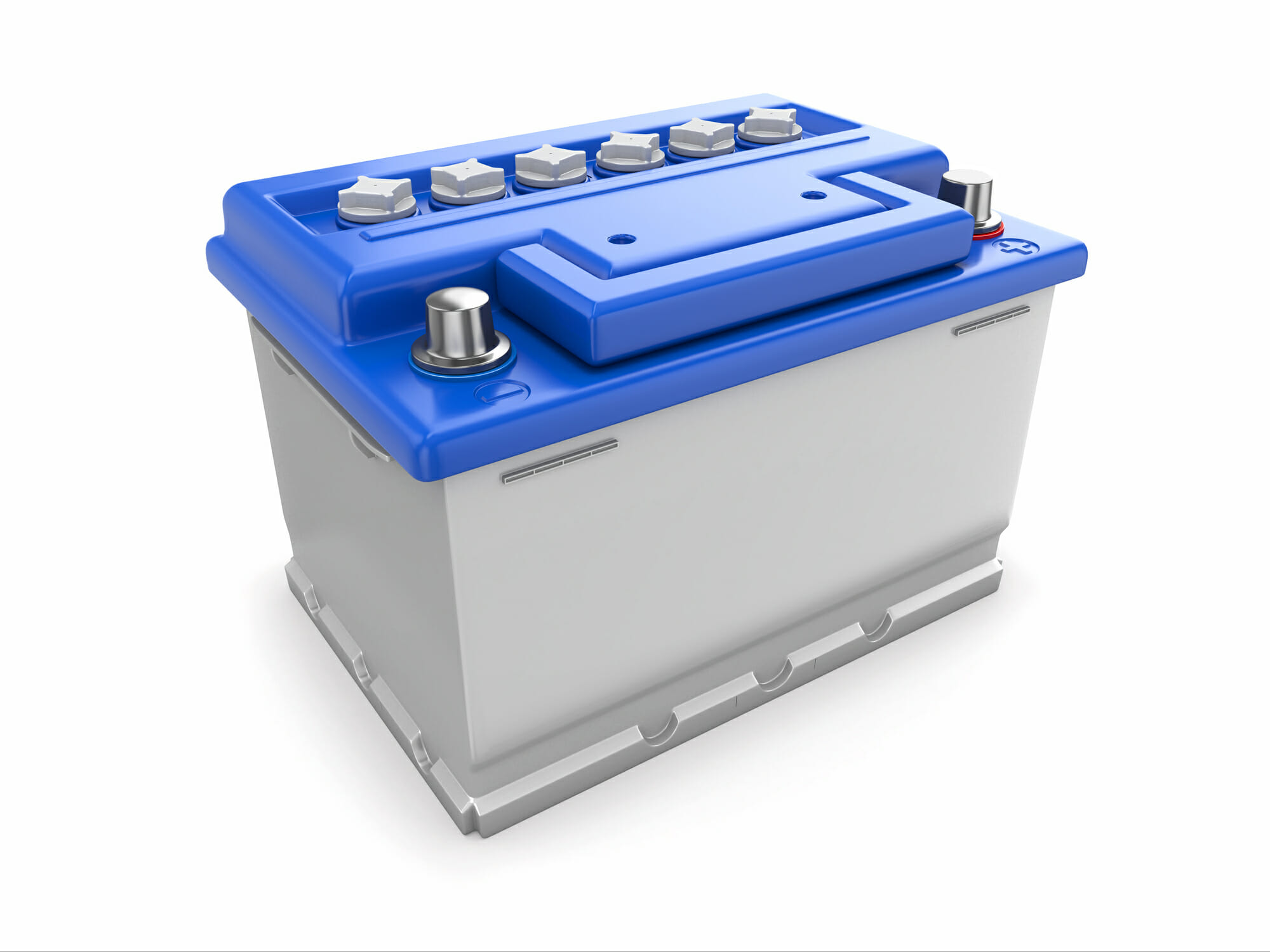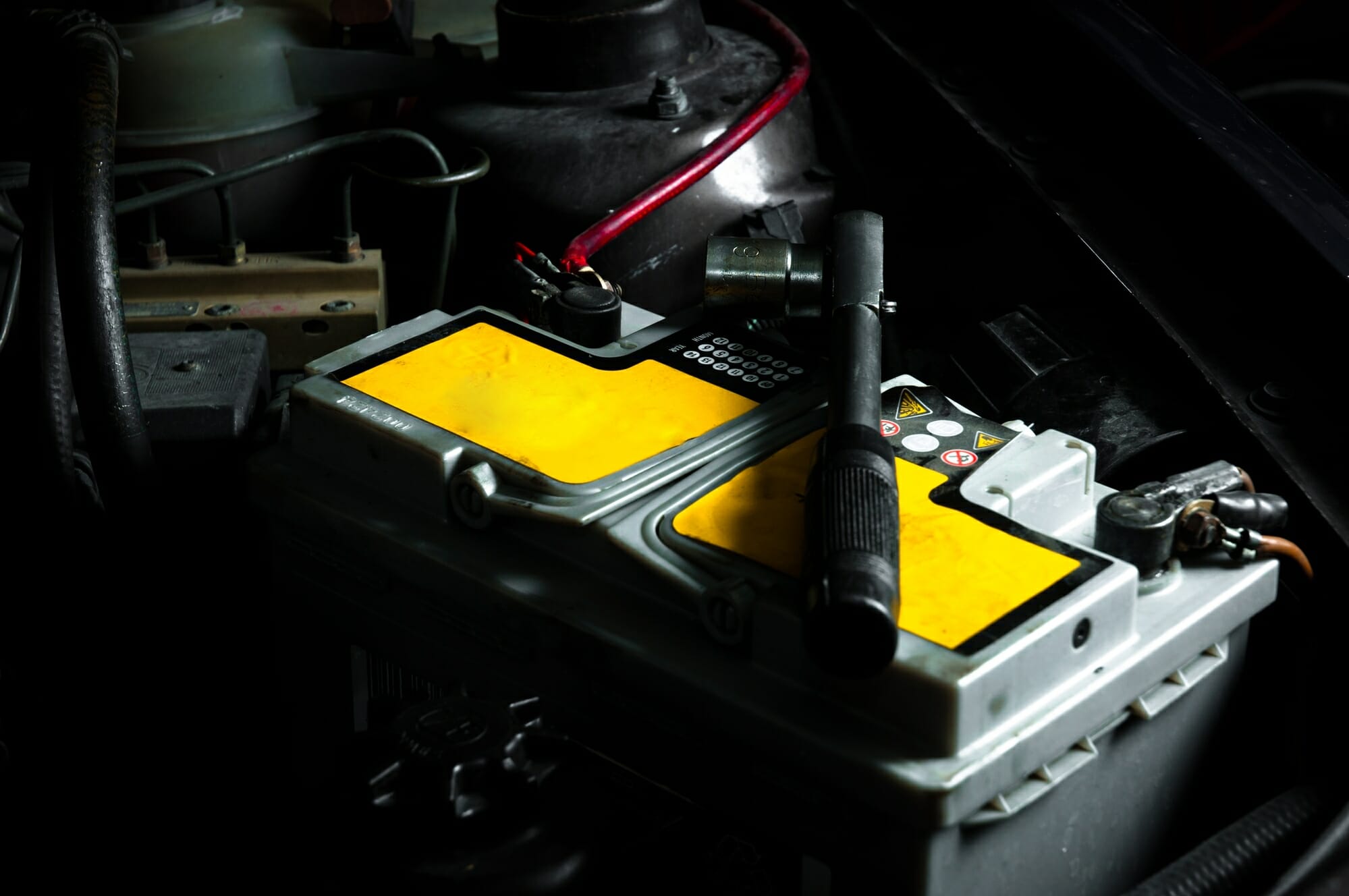With so many high-tech accessories in modern vehicles, your automotive battery works harder than ever before. For that reason, it’s extremely important to select the right replacement for your car. If you have a Toyota, you might be wondering which battery to choose when yours starts to fail.
So, what’s the best battery for Toyota vehicles?
Toyota recommends that you use either TrueStart or True-2 absorbent glass mat (AGM) batteries for their vehicles. The 24F, 27F, and 35 group sizes are used most often, but it varies depending on the model and engine size.
Although following the manufacturer’s recommendations is always a smart choice, cheaper aftermarket options may still feel tempting. Thankfully, you can rely on this guide to help you find the right choice for your vehicle and your pocketbook.
Your Primer on Battery Group Sizes

The Battery Council International (BCI) creates group sizes that reflect the battery’s main characteristics, such as:
- Type
- Power rating
- Dimensions
- Terminal configuration
Each vehicle has a recommended battery group size to use. By only selecting that battery, your vehicle will start up and stay running as expected even with all the electrical accessories on at the same time.
The 24F and 27F group sizes are used most often in Toyota vehicles. Many of their models, like the 2007 to 2014 Yaris, use the 35 group size instead. As it’s their sister make, Scions use many of the same batteries that are found in Toyotas.
Lead Acid, Lithium-Ion, or SLI?
In the past, Toyotas used standard flooded lead-acid batteries across the board. These batteries were the gold standard in the automotive battery world before vehicles started becoming rolling computers. Now, with start/stop technology and high-tech accessories on tap, vehicles need something a little more adept at handling the increased demands.
For that reason, the genuine Toyota replacement recommendations switched to absorbent glass mat batteries in recent years. These batteries start up your vehicle, recharge fast, and keep your accessories running as expected charge after charge. They are also maintenance-free, so no more checking the water in your battery or cleaning off corrosion.
Using AGM batteries also promises to save you money over time. Since they are better able to handle high electrical loads, quick recharges, and resist vibration, they last twice as long as their standard flooded equivalents.
The Difference Between OEM vs. Aftermarket
When you go with a genuine Toyota replacement battery, you can rest assured that your car will start up fast and run all your accessories with ease. If your vehicle is under warranty, only TrueStart batteries are approved. Other types may void your coverage.

You won’t have to buy replacement batteries as often either, especially with the TrueStart’s impressive 84-month warranty. If anything goes wrong in the first two years, Toyota will replace that battery free of charge. The True-2 comes with a 60-month warranty with full replacement in the first 18 months.
After that, replacement costs are prorated to get you a discount on your next battery. Most batteries last longer than the warranty period, however, giving you tons of value for the money.
If you go with the TrueStart battery, you get towing and installation labor included in its price. Although the True-2 doesn’t come with that, its relatively low price helps offset those costs.
Since these batteries are Toyota branded, you do have to buy them from your local dealership’s parts department. They are not available from regular parts stores.
You can usually buy your TrueStart battery online and pick it up at the dealership or have it shipped to your location. The same goes for True-2 batteries.
Aftermarket batteries tend to come with a 30- to 48-month warranty instead. They are not approved for use on vehicles under warranty and don’t come with towing and installation labor.
They are widely available, however, and can work in a pinch for those who cannot get OEM. You can buy them from your local auto parts store or even big box stores, like Costco.
If You Do Go Aftermarket, Keep These Tips in Mind
If you are in need of a battery and cannot go OEM, keep these tips in mind to get the best one possible:
- Find a battery that’s the same type and group size
- Compare the reserve capacity and cold-cranking amps
- Verify the battery uses matrix radial grids
- Look for models with good heat and vibration resistance
- Check for an acceptable warranty length and terms
Above all else, go with trusted brands, like Interstate or Optima, to keep your car running and driving well mile after mile. Otherwise, you could end up sorely disappointed by your choice and have to replace your battery much sooner than expected.